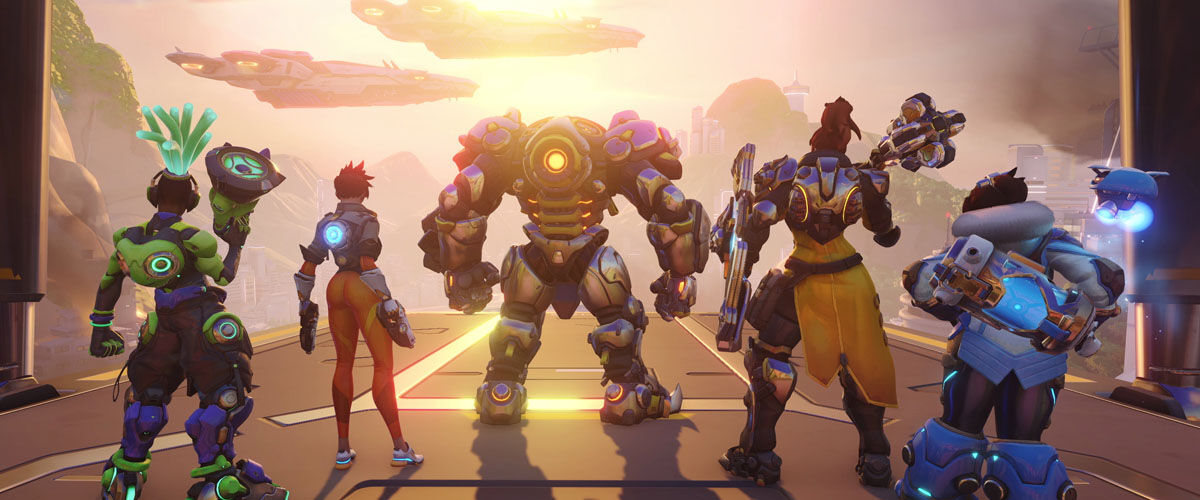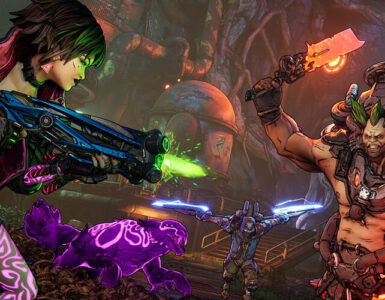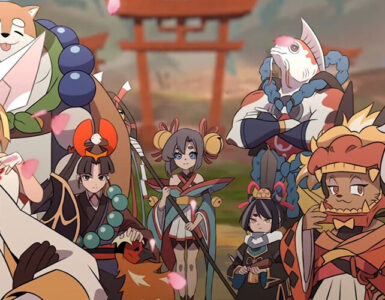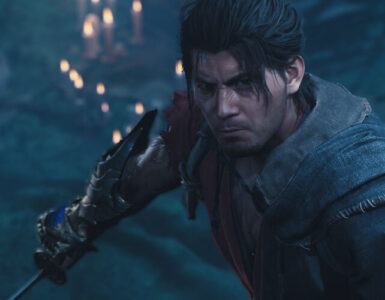- Shares
- 46
In its heyday, Overwatch was more than a hero shooter, as the game’s beautifully-rendered animated shorts and accompanying graphic novels painted a world shrouded in rich lore, with a colourful cast of characters answering the call for more diversity in the gaming landscape. Even as the storytelling took a backseat to the then-refreshing gameplay, there was enough fresh content, community engagement, and sustained interest to go around.
Seven years on, the narrative shine has dulled. Irregular, sporadic updates grew along the way, and retconning – short for retroactive continuity, in which facts in the world of a fictional work contradict previously established information – was commonplace. For lore enthusiasts, the seasonal PvE missions, character interactions, and the occasional novel or introductory video of new heroes offered a deeper, if only a little, look into the imaginative realm of Overwatch, but they never did satisfy the yearning for more.
Now into Season 6, Overwatch 2 is making a return to its narrative roots, and it’s off to a hopeful start. The story-focused approach takes the form of co-op story missions, where up to four players can strike down AI-controlled enemies and accomplish objectives as a team. Three missions will be available when the new season, titled Invasion, drops today, 11 August: Resistance, Liberation, and Ironclad.
In many ways, these endeavours are similar to the seasonal PvE events of Retribution, Uprising, and Junkenstein. For one, hero roles are fixed, with the same four difficulty levels of Normal, Hard, Expert, and Legendary. There’s also an opening and ending cinematic for each, as well as encounters with special enemies that require more effort and teamwork to defeat. Narratively though, they play out differently.
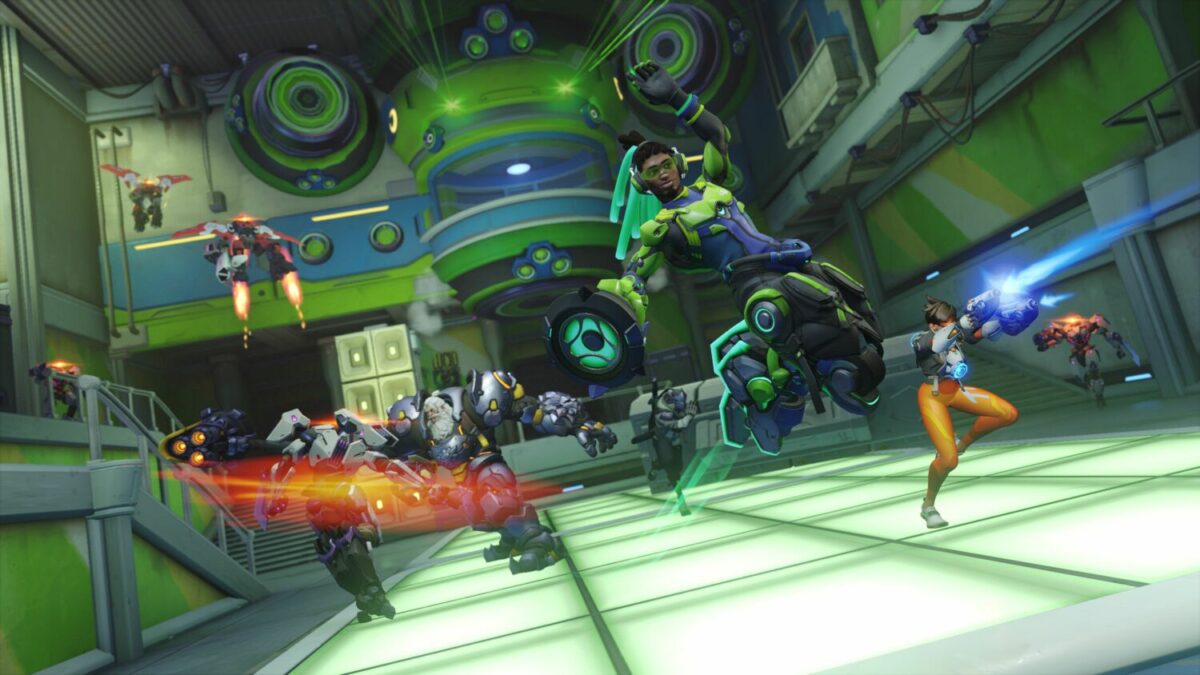
The first mission, Resistance, introduces Lucio to the newly reformed Overwatch team, which comprises Reinhardt, Mei, Tracer, Genji, Winston, Brigette, and Mercy. Set in the speedster’s hometown, Rio de Janeiro, it pits players against Null Sector – the Ramattra-led militant omnic (aka robot people) liberation group that achieves omnic rights through violent methods – in both open and enclosed environments.
On Normal difficulty, the playthrough took less than 20 minutes, making it an apt introductory experience. It’s a relatively straightforward affair that involves killing rogue robots, destroying energy cores, and moving from one place to another, but there’s a small segment at the end that turns into an exhilarating (or stressful, depending on the difficulty level) race against time. The Charger is the one to beat here: a big boy that deals massive damage by, well, charging into a party member, or creating a seismic shockwave by slamming its fist on the ground.
This titan joins other special types like the artillery-heavy assault units and the nimble flying troopers, which can also be eliminated by environmental means. Shooting explosive barrels littered across the battlefield triggers a blast within a certain radius, so it’s a viable strategy to use for defeating a group of hostiles – even if the barrels blend in too much with the environment. For the most part, gameplay is manageable and enjoyable, requiring the least strategising out of the three.
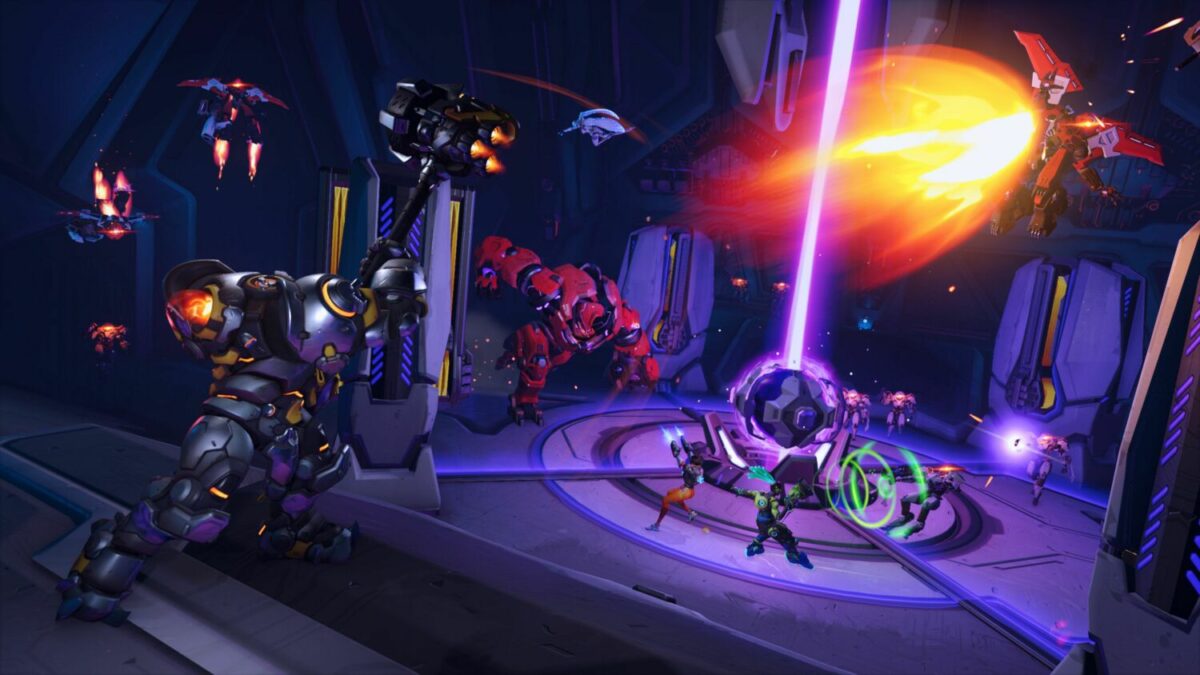
With a narrative-driven experience, however, comes an emphasis on lore development, and Resistance sets the stage for more stories to be told. The opening cutscene picks up after “Zero Hour”, the announcement cinematic for Overwatch 2, while the ending cinematic ties back neatly to the New Blood comic, with Cassidy finding new recruits in Zarya, Hana (or D.Va), Pharah, and Baptiste. These sequences offer a glimpse into the team dynamics between the new and old guard, blossoming a new sense of hope that dissipated with the fall of the old Overwatch team. The latter, in particular, paves the way for a new character to take centrestage in Liberation.
This second mission shifts the lens to Sojourn, the first hero introduced for Overwatch 2. Featuring the Toronto game map, it continues her fight against Null Sector in the animated short “Calling”, and tasks players with defending an objective and escorting two omnic civilians. The blend of mechanics introduces more depth into the gameplay here, demanding a higher level of strategy and positioning as compared to Resistance.
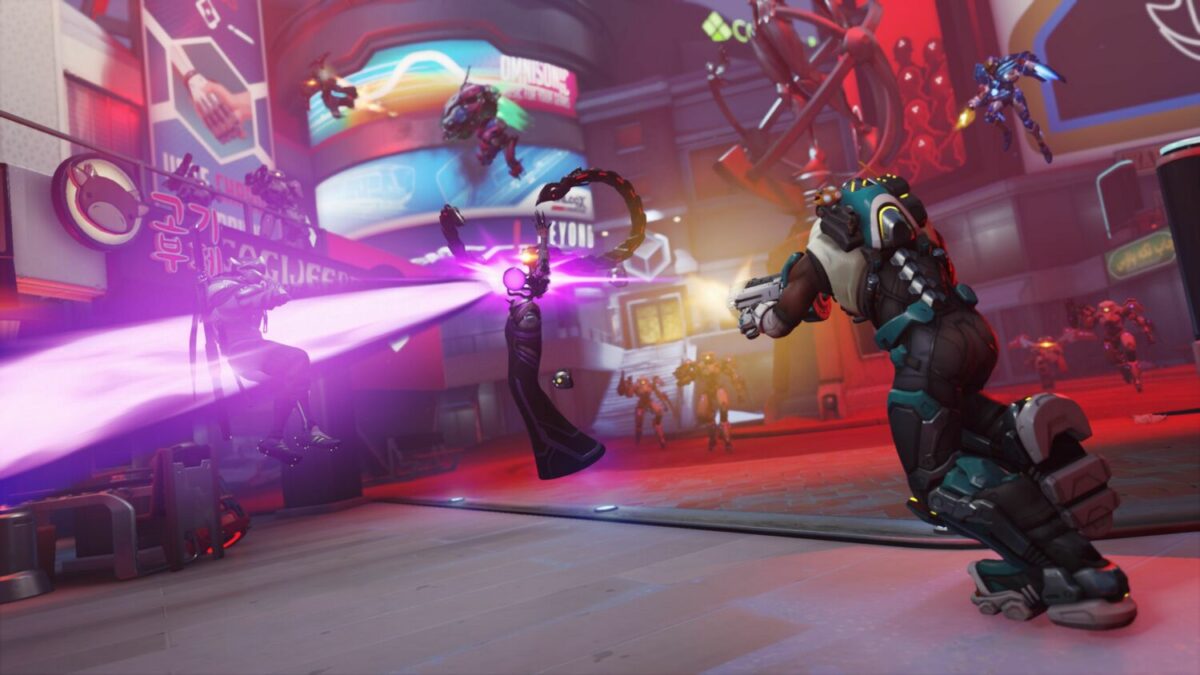
Part of the challenge is owed to the threat of the Stalker, a special-type that uses gravitational force to pull individuals in and dig its claws into them. It can be a pain to deal with, especially at higher difficulty levels, where enemy swarms are the norm, and the Stalker’s drag-and-attack is capable of one-hit kills. The concern here isn’t downed teammates, as they can be revived by another, but rather the two omnic civilians – let the brain-feasting Subjugator get hold of them, and it’s an immediate Game Over.
Worse still, a segment of the gameplay splits the pair up, which calls for a conquer-and-divide approach. It isn’t always easy to keep track of on-screen happenings, so sound positioning and strategic call-outs are key to winning the fight. Of the list, Liberation is the least straightforward to pull off, but is easily the most memorable and satisfying.
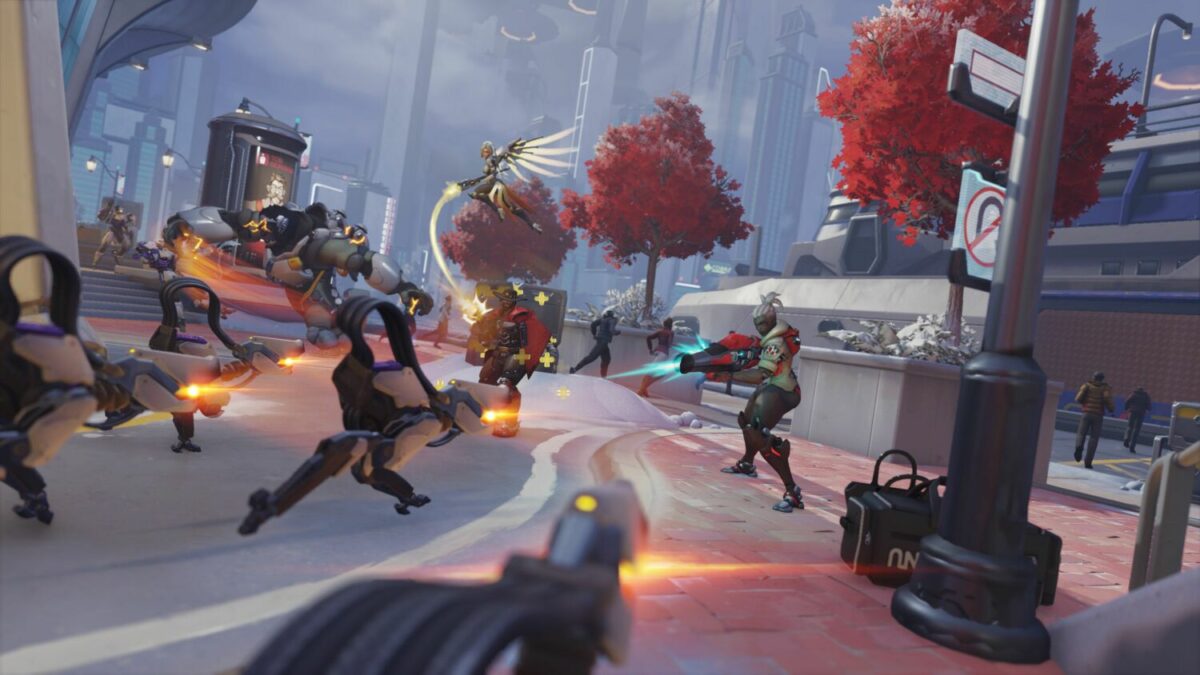
The closing cutscene, in similar fashion to Resistance, packs in more story for lore enthusiasts. While it doesn’t exactly move the overarching narrative forward, there are more interactive bits between Sojourn and the old guard, a mention of another familiar name, and of course, the lead-up to the last mission, Ironclad.
A partial family affair, Ironclad puts Tobjörn, Reinhardt, Bastion, and Brigette at the heart of the story. These characters are also the only ones available for players, marking a slight departure from the other two experiences – both Resistance and Liberation have a fixed hero pool, but it isn’t limited to just four specific choices.
The Gothenburg-set mission follows a linear approach that starts with a Null Sector attack on Tobjörn’s workshop. Tasked with escorting a payload carrying turret ammunition, players will have to fend against the attacks, load up cannons at designated spots with the modules, and in the final phase, set up freeze and knockback turrets while defending the objective. The ultimate threat takes the form of a towering mecha-like omnic, joined by hordes of standard units and special-types that include the ever-dreaded Stalker.
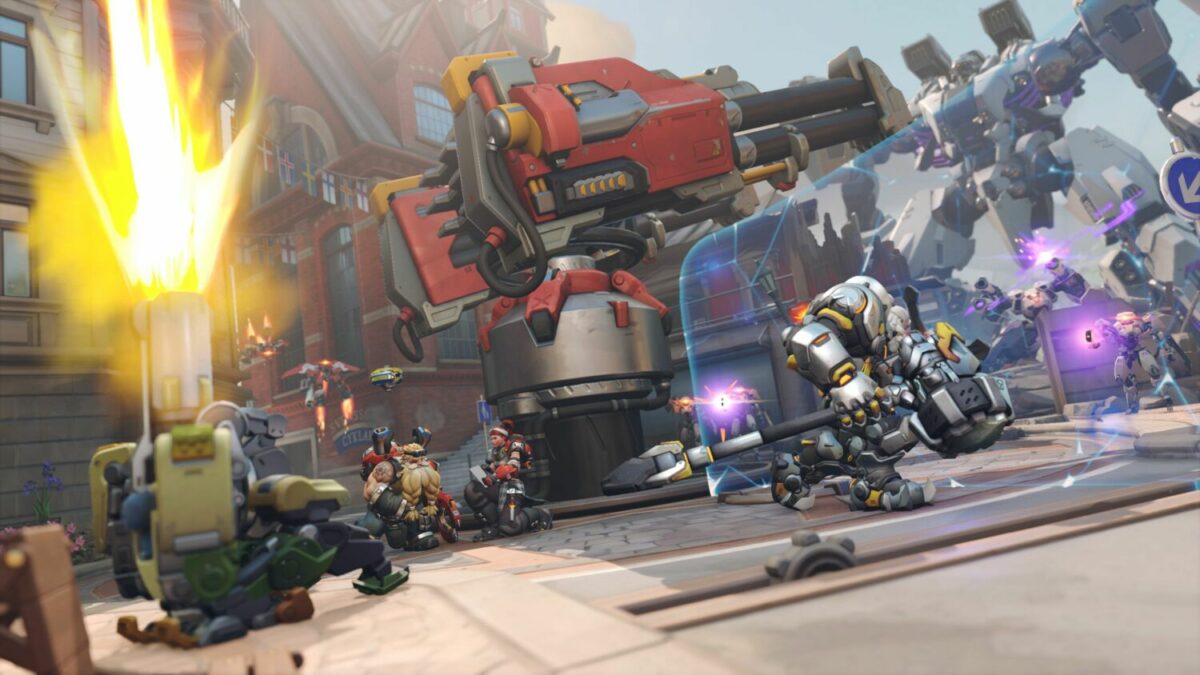
Like Liberation, the undertaking here requires a fair share of spatial awareness and strategic positioning. The last segment best exemplifies this: placing the turrets, both the special builds and Tobjörn’s standard one, in the right spots makes it easier for players to focus on taking down the special omnic types, and there will be times where players have to change their positions. No need to worry if the turrets are placed wrongly – they can be repositioned anytime.
At its most climatic, Ironclad can get extremely busy, making it difficult to keep track of enemies and allies alike. It’s distinctly different from the beginning stages, where the push-and-pull of escorting and shooting may feel repetitive for some. The added depth to gameplay in the final stages is, as such, a welcome break of pace.
What’s most delightful about the experience, however, is the lore development here. Where the opening cinematic basks in the warmth and camaraderie between Brigette, Torbjörn and Brigette (the latter two are family), the ending cutscene takes a dramatic turn into darker-toned waters. Tying back to the “Alive” animated short featuring Tracer, Widowmaker, and the peace-loving omnic monk Mondatta, it reunites a couple of familiar faces – and not in a good way.
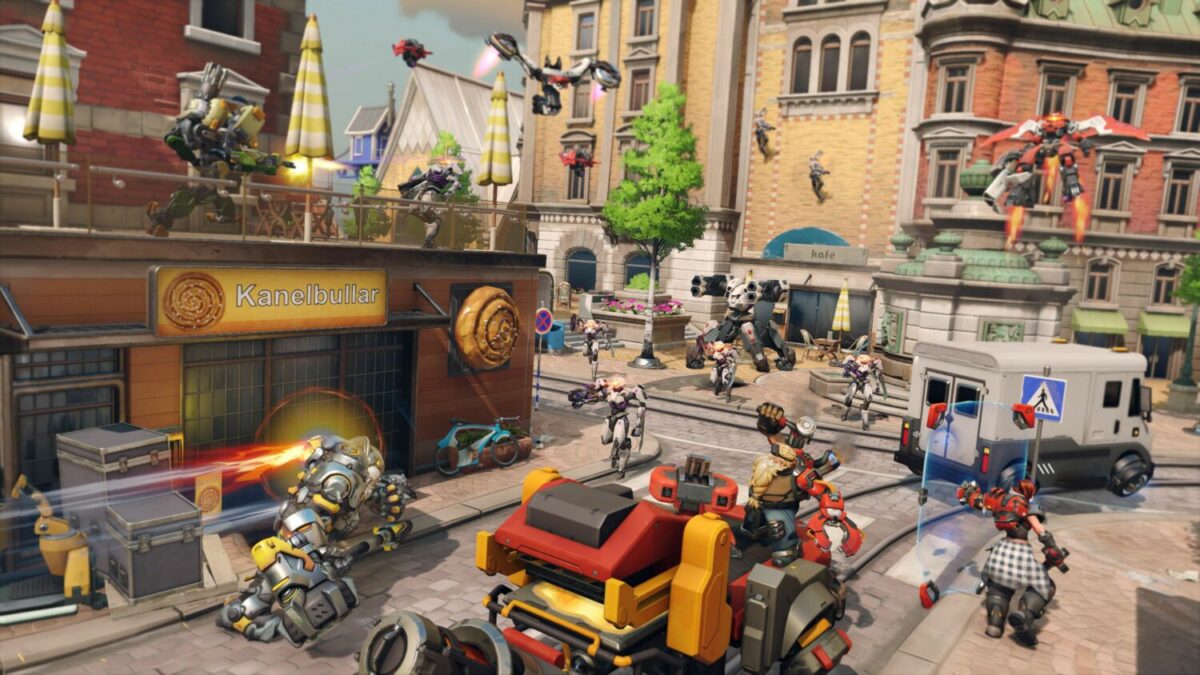
Together, the three PvE missions serve as a reminder of the vast narrative potential that lies dormant in Overwatch 2. These sneak-peek endeavours are admittedly tantalising for the lore-deprived, even if they also, in the same beat, revisit the disappointment of what Overwatch could have been before its second wind. A small step is still something, however, and it’s a much-needed reprieve that the team could use after recent missteps, including the cancellation of the highly-anticipated PvE Hero Mode.
Just like how Overwatch was created to inspire hope in the game’s universe, Overwatch 2’s story missions offer a glimmer of hope that maybe, just maybe, the dying flames of interest can be stoked yet again. The shooter is very much unlikely to ever return to its prime, especially with the extra US$15 needed to embark on the bundled experience, but it represents a cautiously optimistic route ahead for the story-loving crowd. For most, though, the effort feels too little, too late.
Overwatch 2: Invasion is currently live with the three story missions, new limited-time free events, a new hero and game mode, a Hero Mastery feature, new Flashpoint maps, and more.

